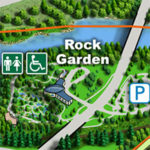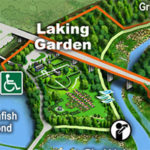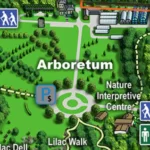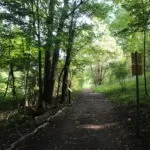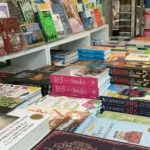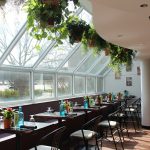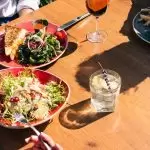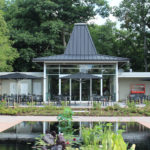| Membership | Price (+HST) |
|---|---|
| Single | $85/year |
| Single Plus | $120/year |
| Family | $130/year |
| Family Plus | $175/year |
| Contributing | $300/year |
| Supporting | $600/year |
| Sustaining | $1,000/year |
| Benefactor's Circle | $2,500/year |
| Director's Circle | $5,000/year |
| President's Circle | $10,000/year |
Festivals of Lights: Hanukkah
Around the world, people celebrate festivals with specific traditions and customs. When people come to Canada, depending on the food and plants available, they adapt and use what’s accessible for traditions. One important element of these festivals is the use of forms of light.
Through the ages, people have gathered together around fire and light in all its forms. Fire offers warmth, heat to cook with, and protection. Light in nature is used for all kinds of purposes. Moonlight and the stars help mark time and aid in navigation while the sun is an essential part of life and growth. Humans seek out light as it provides comfort, the ability to see and the energy to grow food and plants. Light is celebrated as a symbol of hope because in times of darkness, people wish and pray for light and its reassurance. Therefore, it makes sense that many holidays and observances are celebrated with lights as part of their tradition. People in our communities and neighbourhoods around the world celebrate with the sparkle and bang of fireworks, the comfort of a single candle’s flame, the crackle of flames from an open fire, a lit lantern or the twinkle of lights from decorated boughs of an evergreen or even a palm tree!
Light weaves a common thread to unite people from north to south, east to west in the celebration of many festivals including: Indigenous observances, Diwali, Hanukkah, Christmas, Kwanzaa, Lunar New Year, Ramadan/Eid-ul-fitr. Journey with our volunteers and friends from the Children’s International Learning Centre (CILC) as we learn of celebrations and observances by seeing a snapshot of cultural nuances through their eyes with the RBG at Home blog.
Hanukkah
(November 28th – December 6th)
Ethan Sniderman (he/him), Grade 10 student, Friend of the Children’s International Learning Centre
For my family and me, Hanukkah is a time to appreciate friends and family, who all get together to celebrate this joyous festival. At a time of the year when we are experiencing more darkness in nature with each passing day, it is satisfying to light candles and celebrate this Festival of Lights. It’s not just a one day holiday, either. Hanukkah lasts for eight days and each night we add a candle until our Hanukkah menorahs/hanukkiah (candle holder) are fully lit on the final culminating night. In ancient times, the flames were lit with a wick in pure olive oil and there is a miracle associated with this holiday. Let’s take a look at that.

Hanukkah is a Jewish holiday that celebrates the historic victory of the Maccabees (small Jewish army) over the larger Syrian army. Embedded in that story is the Jewish Temple in Jerusalem being reclaimed after it was ransacked by King Antiochus’s army. The Jewish Maccabees cleaned up the mess in the Temple and restored it to order. However, there was only one vial of pure olive oil to light the seven-branched menorah. They thought this one vial would only last for one day and it would take eight days to make more oil. With faith, the Jews lit the menorah anyway and miraculously, that one vial lasted for the full eight days! From then on, the menorah could always remain lit.
The miracle of the oil means that the foods we eat on Hanukkah are delicious fried foods. Grated potatoes and onions are fried into crisp and golden pancakes called latkes and served with apple sauce or sour cream, depending on your preference. In Israel and around the world, jelly-filled fried donuts called ‘souvganiot’ are served to the delight of many. These tasty treats remind me of what Hanukkah is about- the miracle of the oil. It also makes me curious about the plants we have that provide us with oil for cooking. Here in Canada, we don’t plant olive trees, but we do have sunflower, canola, rapeseed (from the mustard family) and corn plants. These plants all produce oils which we use for cooking. Without them, we wouldn’t be able to make latkes and souvganiot for Hanukkah.
Decorating your home for Hanukkah is something that is fun and uplifting. Traditionally, the colours of the Jewish holidays are white/silver, blue and yellow/gold. Flowers are always a lovely decoration and you may be able to find some in the Hanukkah colour theme. Some examples of these flowers are cornflowers, Hoary alyssum, Coreopsis and marigold.


Sometimes, because of giving and receiving presents, it is hard to remember why we have this holiday. But, by eating latkes and playing the dreidel (spinning top) game, we have reminders of the miracle. The dreidel is a four-sided top with a Hebrew letter on each side. The letters spell out Nesh Gadol Hayah Shem, which means A Great Miracle Happened There (Jerusalem) so we remember the miracle. Dreidels in Israel say Nesh Gadol Hayah Po – A Great Miracle Happened Here.
We have this holiday because people like the Maccabees were able to stand up and fight for their beliefs. In dark times, we celebrate light and hope which Hanukkah teaches.
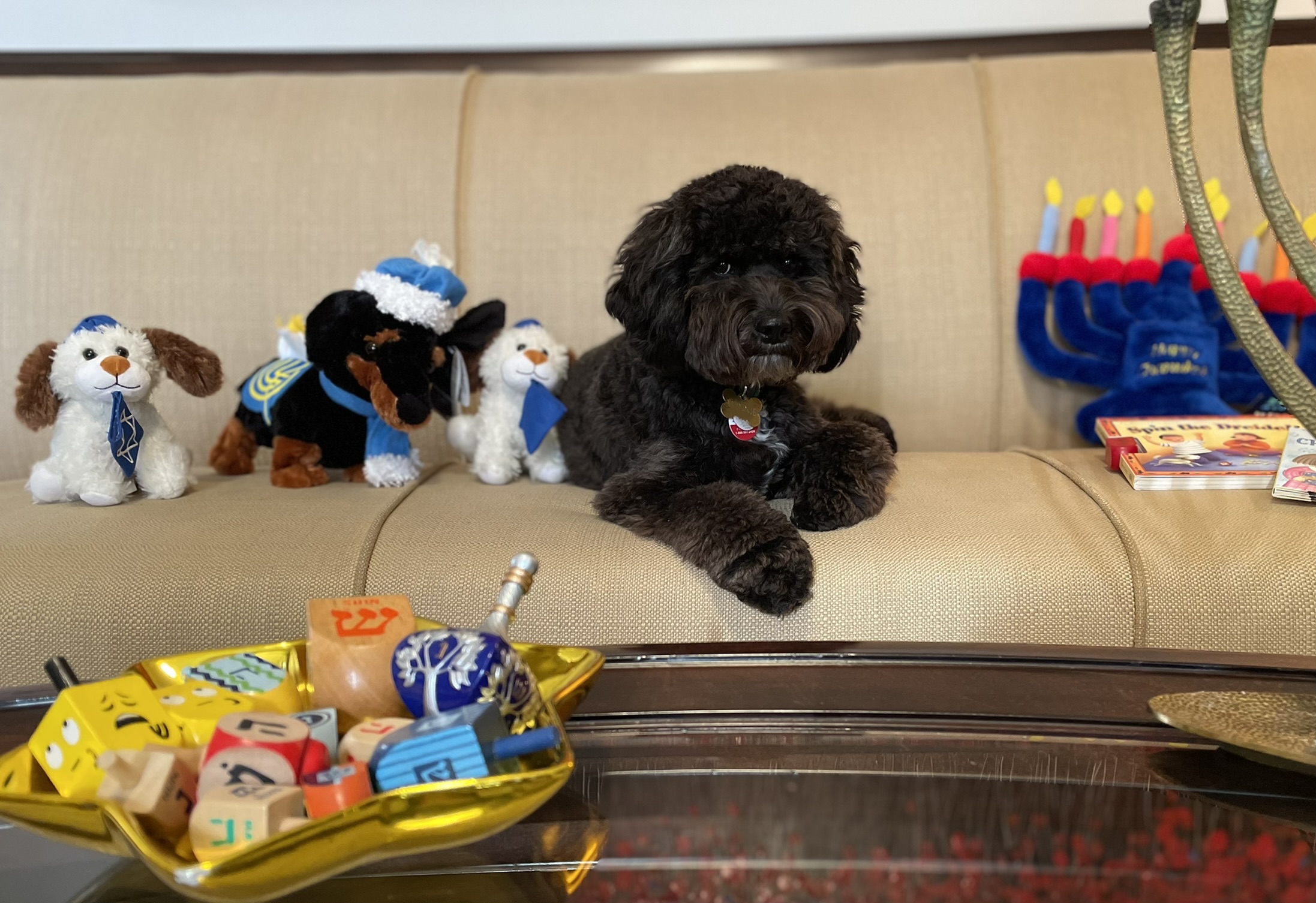

The Children’s International Learning Centre (CILC) is a non-profit organization that was established with the vision of contributing to a world of care and respect for all people and our environment. We endeavour to do this by promoting respect for diversity and awareness of our world community through guided discovery and interactive, artistic programmes, which will soon be delivered online.
More from the RBG Blog
Check out RBG’s blog for announcements, articles, and more from Canada’s largest botanical garden.
Want to be sure you hear first? Sign up for our weekly e-newsletter to hear about upcoming events, weekend activities, articles, and more!



